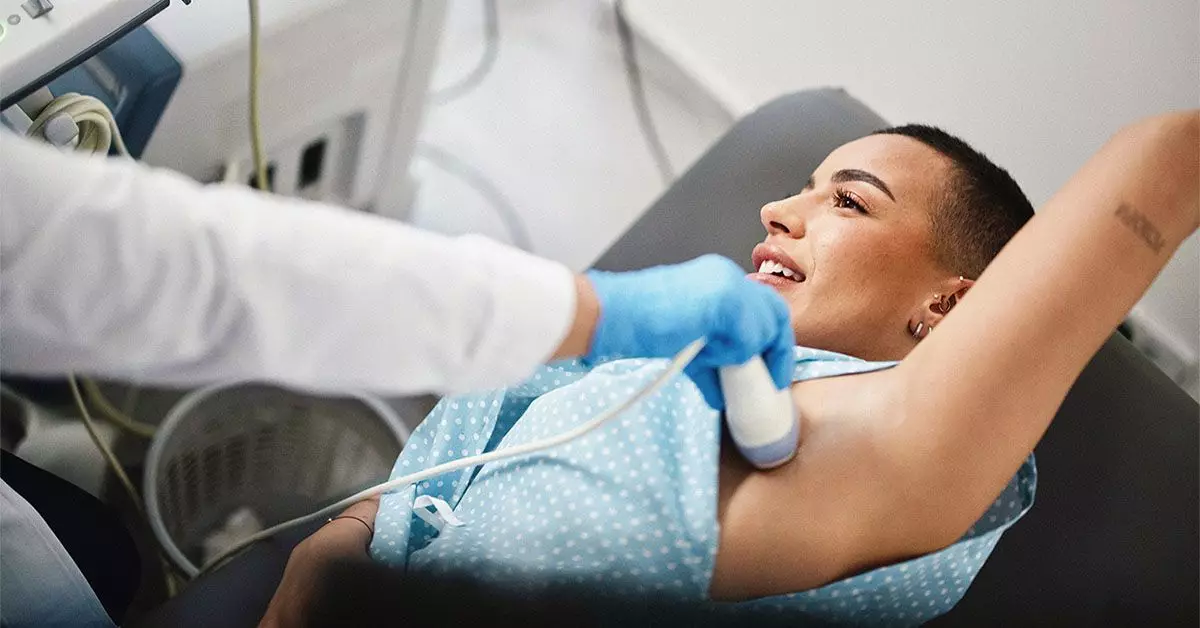In the realm of healthcare, the quest for accurate and reliable diagnostic tools is paramount, particularly in fields like oncology where early detection can significantly alter the treatment landscape. A systematic review and meta-analysis conducted in 2019 unearthed compelling data regarding the efficacy of breast ultrasounds, revealing an impressive sensitivity of 80.1% and specificity of 88.4%. Sensitivity, in this context, reflects the test’s ability to pick up true positives—crucial for identifying individuals with breast cancer. Conversely, specificity serves as a barometer for how well the test can confirm the absence of disease, thereby alleviating unnecessary anxiety for patients. This balance of sensitivity and specificity underscores the importance of ultrasound as a complementary tool in breast cancer detection.
Indications for Breast Ultrasound
Breast ultrasounds are not merely adjuncts; they are integral to a comprehensive breast health diagnostic strategy. Cancer Research UK outlines several scenarios in which an ultrasound may be deemed necessary. These include cases where a lump is palpable but remains undetected on a mammogram, or situations involving women with dense breast tissue where traditional imaging may falter. This tool is also invaluable for discerning the nature of a breast lump—whether solid or cystic—and is an essential guide during biopsies to pinpoint precise sampling locations. Such multifaceted utility highlights ultrasound’s role as an indispensable ally in the clinician’s toolkit.
The Procedure: Demystifying the Process
Understanding the ultrasound procedure can alleviate apprehensions for patients. During the examination, individuals are required to disrobe from the waist up, facilitating access to the area being assessed. A sonographer, a specially trained healthcare professional, applies a lubricating gel to enhance the clarity of the images produced by the ultrasound probe. This non-invasive technique involves maneuvering over the breast and surrounding lymph nodes, creating real-time images that enable clinicians to make informed decisions. The comfort and reassurance provided during this process should not be understated, as it plays a critical role in encouraging proactive health behaviors among women.
Broader Context: Screening Recommendations
Navigating the landscape of breast cancer screening can be daunting, yet it is imperative that individuals remain vigilant. The American Cancer Society provides clear guidance: for those classified as having average risk, annual screenings should commence at age 45, while options for starting as early as 40 are also available. These recommendations, coupled with advancements in imaging technology such as ultrasound, empower women to take charge of their breast health and, by extension, their lives. Open dialogue with healthcare providers about any breast changes is critical and serves as a call to action for early intervention.
While the statistics surrounding breast ultrasound are promising, they also serve as a reminder of the continuing need for awareness and education surrounding breast health. As we leverage imaging technology to enhance early detection, it is essential for women to engage actively with their healthcare journeys, understanding not only their options but also the vital role they play in their wellness. Breast ultrasound, as an impactful diagnostic tool, is empowering women to navigate their health with confidence and clarity.


Leave a Reply